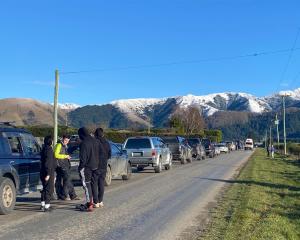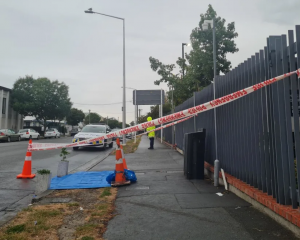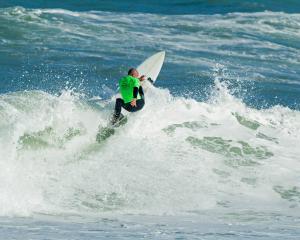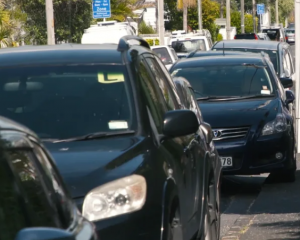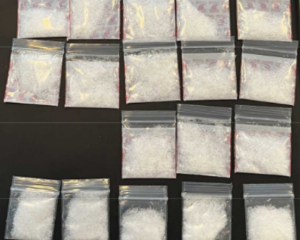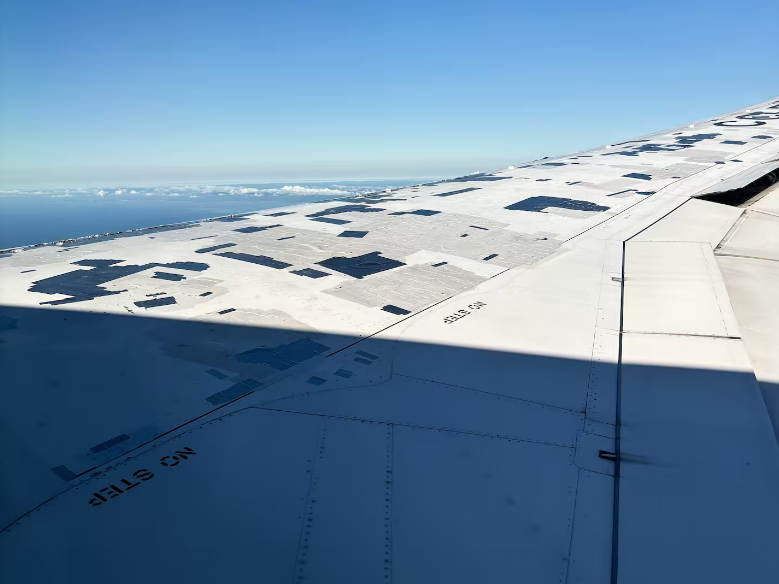
The plane was heading back to its base in Chile last night as a new theory emerged about the cause of the sudden plunge.
The Boeing Dreamliner left Auckland shortly after 2pm on Thursday on a non-scheduled flight.
The aircraft is now the centre of an international investigation after it fell nose down for around 100 metres on Monday, throwing unrestrained passengers and crew about the cabin and causing injuries to about 50 people, with 12 needing treatment at an Auckland Hospital.
On Thursday, the eight-year-old aircraft was cruising at 40,000 feet three hours after leaving Auckland on the unscheduled flight.
A scheduled flight with passengers to Santiago was due to leave Auckland at 6.40pm.
Meanwhile, a photo has emerged of heavy use of tape on the wing of the aircraft registered CC-BGG days before it was involved in Monday’s incident.
Passengers who had flown in the plane were concerned about it.
A woman who flew on a Latam aircraft has provided a similar photo from a flight from Sydney to Auckland in late January.
She said he noticed the same heavy tape on a wing during that flight.
“When I saw how old the plane was I was terrified. The wings were being held together by what looked like black masking tape. I’m certainly not surprised by this recent incident.”
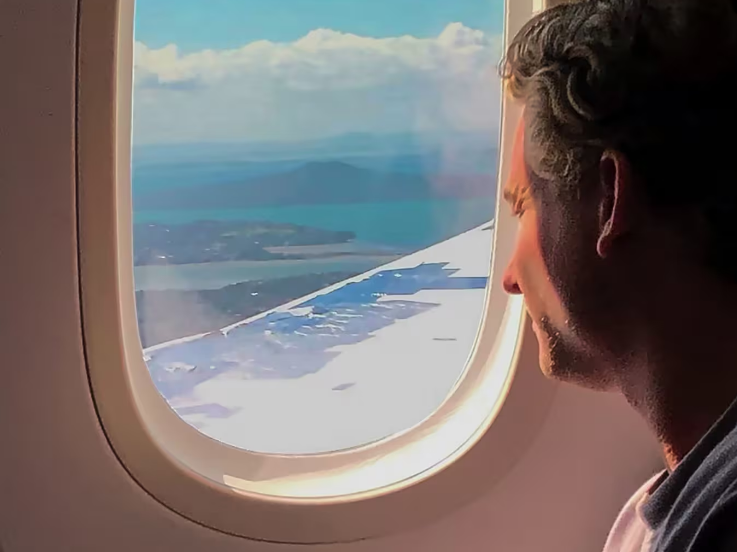
“The use of aeronautical tape is approved by regulators, aviation authorities and aircraft manufacturers, and is only used temporarily for paint loss on the aircraft wing, without affecting the operability of the aircraft. Latam Airlines prioritises safety above everything.”
Professor Doug Drury, head of aviation at Central Queensland University agreed the tape was used sometimes and there was no way the aircraft would be released for flying if it was unsafe.
Aviation experts have previously said while it may look like duct tape, the material used on aircraft wings is actually an aluminium-based material known in the aviation world as speed tape, which is safe for certain types of repairs.
Latam is so far saying little about Monday’s incident but confirmed the plane had a technical problem during the flight which “caused a strong movement”.
One passenger said he was told by a pilot that instruments went blank and he momentarily lost control of the plane with 272 passengers and crew on board. An international investigation has been launched.
Another theory emerging yesterday was that the movement of a seat on the flight deck could have interfered with systems, but Drury said the seats were designed so this couldn’t happen and he regarded that as an unlikely cause.
Under the International Convention on Aviation, the Direccion General de Aeronautica Civil (DGAC) - the Chilean accident investigation authority - is responsible for investigating the accident and has requested help from New Zealand’s Transport Accident Investigation Commission.
The commission has seized the cockpit voice and flight data recorders from the plane and were now in “a secure location”.
The National Transportation Safety Board in the United States could become involved as that is the base of Boeing, which is facing other safety investigations into its troubled 737 Max aircraft.
By Grant Bradley


